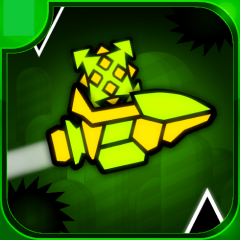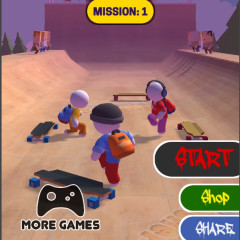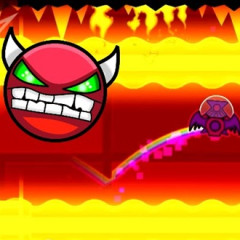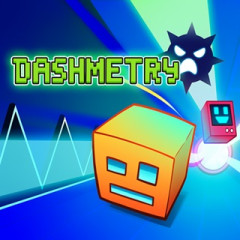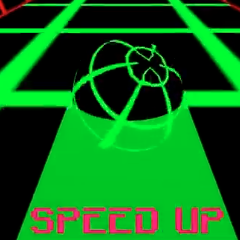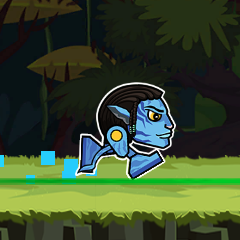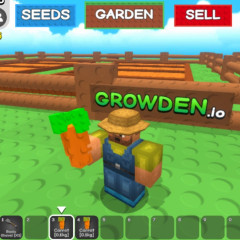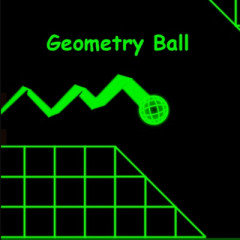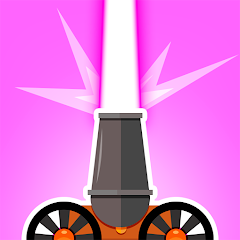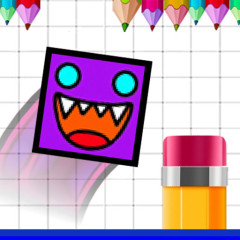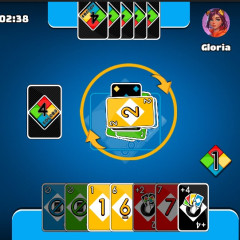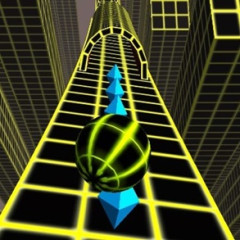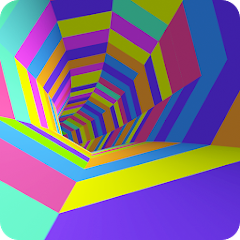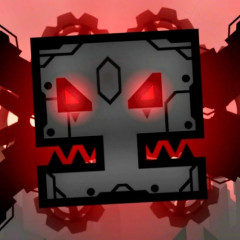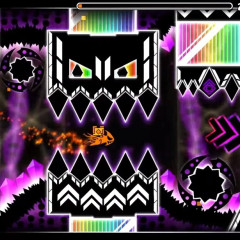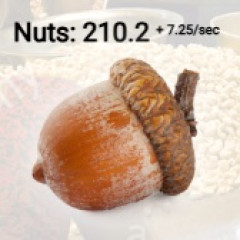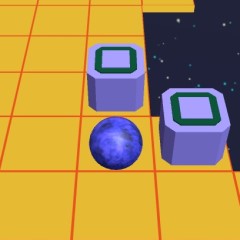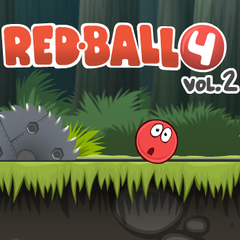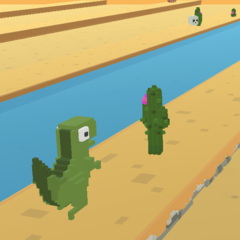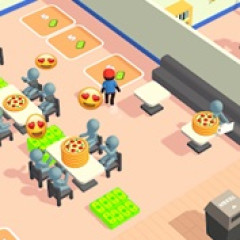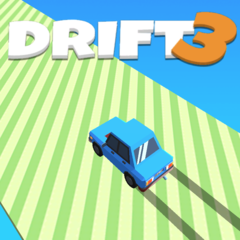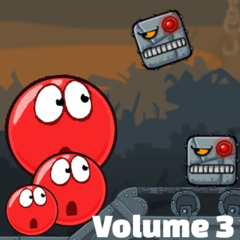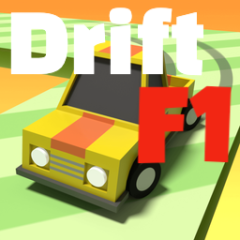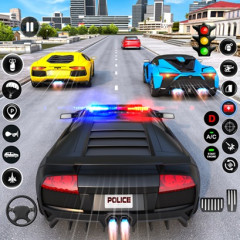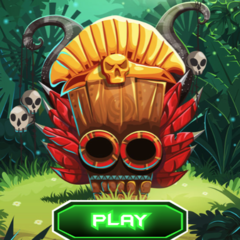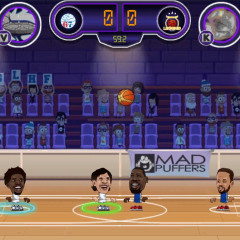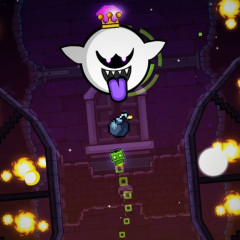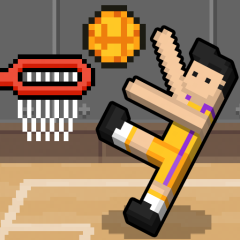Happy Wheels
Recommend For You
About Happy Wheels
Happy Wheels is a creative obstacle runner where you guide different characters across tricky paths, keep your balance, and reach the goal safely.
Game Overview
- Happy Wheels builds its challenge around physics, balance, and terrain adaptation. Each level introduces ramps, slopes, spring pads, rails, or moving platforms.
- The game focuses on careful navigation. You move forward, adjust your body weight, and react to the layout as it unfolds.
- Different characters bring unique movement styles. Some feel light and agile, while others require slower and more controlled turns.
How to Play
- You use the right arrow to move forward and the left arrow to move backward.
- The up and down arrows help you lean your character to maintain balance on uneven ground.
- The spacebar triggers the jump action in levels that support jumping. This helps you cross gaps or reach higher platforms.
- Short taps, controlled leaning, and smooth forward movement are the core of consistent progress.
Tips for Better Results
- Practice landing flat on platforms. A stable landing gives you more control for the next move.
- Slow down before steep slopes. A gentle approach makes it easier to stay balanced.
- Observe each section of the level before committing to big jumps or transitions.
- Build a steady rhythm. Smooth inputs often work better than rushing forward.
Comparison with Geometry Dash Lite
Happy Wheels challenges you with balance, terrain variation, and controlled movement. Each segment requires adjusting your posture and timing in real time.
Geometry Dash Lite focuses on rhythm-based jumping. Instead of managing balance, you follow the beat, time your taps, and react instantly to fast-paced obstacles.
Happy Wheels offers flexible movement with many possible approaches to a level. Geometry Dash Lite emphasizes fixed patterns where precision tapping is the key to progress.
Both games reward practice and quick reactions, but Happy Wheels provides a slower, more exploratory style, while Geometry Dash Lite delivers structured, music-driven runs.






